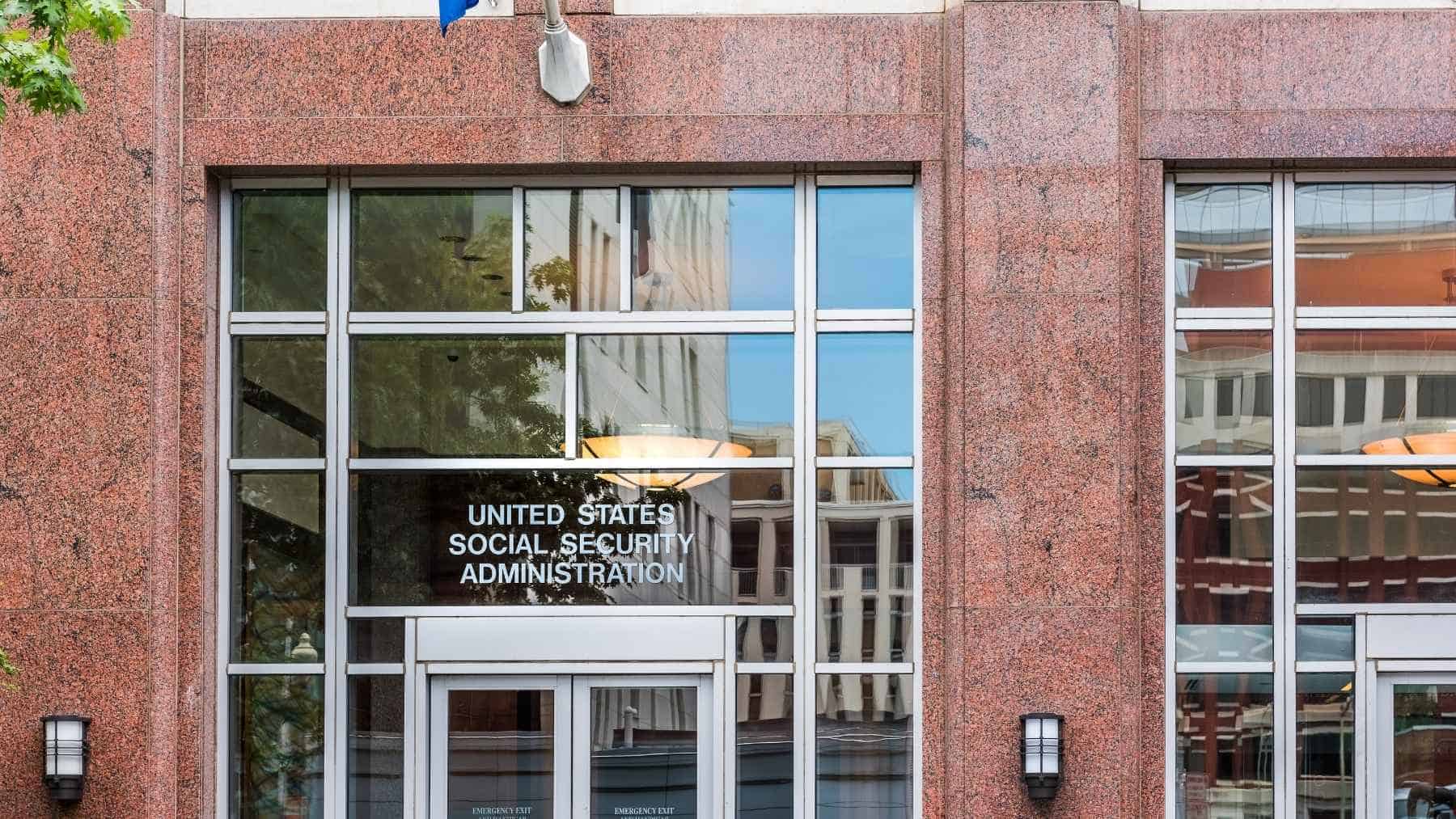Millions of Americans will benefit from the 2025 Social Security improvements, which include a 2.5% boost in payments for recipients and other significant adjustments that will impact public sector employees, taxable income, and retirement age.
Since 1975, Social Security benefits have increased alongside the Cost-of-Living Adjustment (COLA). Although some advocacy organizations argue that the increase falls short given the rising cost of living, the boost is intended to help recipients keep up with inflation.
The COLA is calculated based on the increase in the Consumer Price Index for Urban Wage Earners and Clerical Workers (CPI-W). This calculation is made by comparing the third quarter of the previous year to the corresponding quarter of the current year.
What Are the Changes?
The COLA increase is just one part of the changes. Over 3.2 million U.S. citizens, including teachers, firefighters, police officers, and federal workers, will benefit from these updates.
As of March 2025, one-time retroactive payments will be made. In April 2025, monthly benefits will increase, and some recipients will qualify for payments exceeding $1,000. These changes will also impact Supplemental Security Income (SSI) payments.
Retirement Age
If you are nearing retirement, you may be wondering when to start receiving Social Security benefits. For many years, age 65 was considered the “normal” retirement age, but in 1983, a law was passed to gradually increase the retirement age to reflect longer life expectancy.
As of 2025, your full retirement age (FRA) depends on your birth year and continues to increase.
- Claiming benefits before FRA → Monthly benefits decrease by up to 30%, depending on how many years early you start.
- Delaying benefits until after FRA → Benefits increase by 8% per year until age 70.
- Waiting until 70 → You could receive a 32% higher monthly benefit compared to claiming at FRA.
Social Security regulations are subject to change, so preparation is key. Understanding the new FRA and its impact on your benefits will help you make the best financial decision. Whether you are already eligible or still years away from retirement, consulting a financial advisor and adjusting your retirement plan now could lead to larger payments later.
WEP Impact
The Windfall Elimination Provision (WEP) and the Government Pension Offset (GPO) were repealed by the Social Security Fairness Act, which took effect on January 5, 2025, and applies retroactively to January 1, 2024.
The WEP, enacted in 1983, reduced Social Security benefits for recipients who received a non-covered pension and were also eligible for Social Security based on their own work history. A non-covered pension is a pension earned from employment where no Social Security taxes were paid, which often includes some public sector employees and individuals receiving foreign pensions. Spouses were also indirectly affected by WEP, as spousal benefits were calculated after the WEP deduction was applied to the worker’s benefits. The GPO, enacted in 1977, reduced spousal and survivor Social Security benefits by two-thirds of the pension benefit amount for those receiving a non-covered pension.
In some cases, the GPO completely eliminated spousal or survivor benefits. The GPO did not affect Social Security benefits earned through the recipient’s own work history, but the WEP could reduce those benefits.
Key Takeaway
Before rushing to claim Social Security benefits, consider how age adjustments may impact your monthly payments. To determine the best time to start receiving benefits, take into account your life expectancy and retirement savings.

